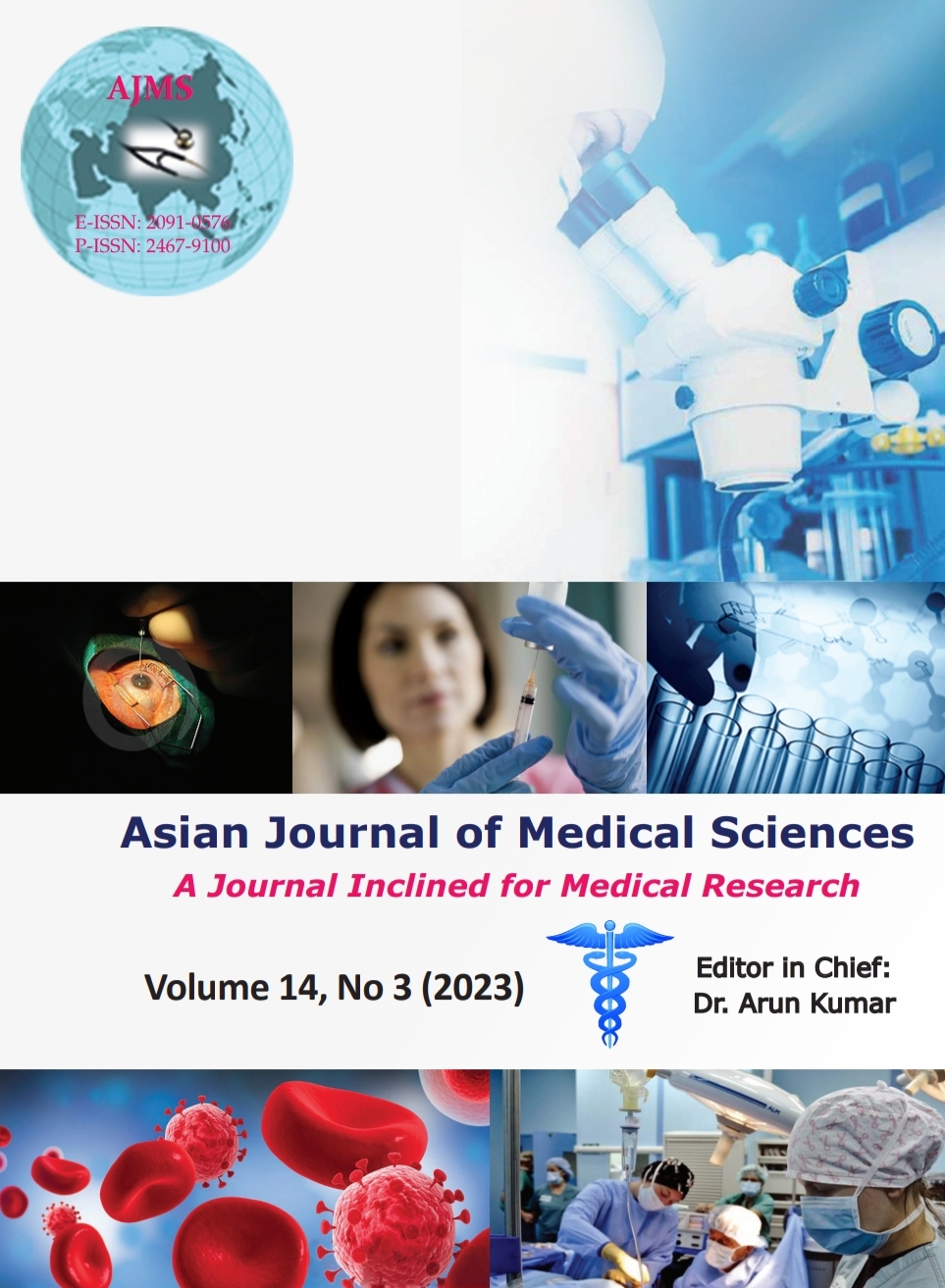Fossil detectives: How the 2022 noble prize winners unearthed the journey of human evolution
Keywords:
Human evolution; Nobel Prize winnersAbstract
What do scraps of bones discovered in a deserted Siberian Cave in Russia have to do with us? Or how do a few fragments of teeth in Gibraltar, an isolated British overseas territory located at the southern tip of the Iberian Peninsula, have to do with the genetic legacy of today’s living people across Asia? Well, it seems that about 40,000 years back, we humans were not the only inhabiting hominids on this planet Earth; we had other mysterious cousins, at least two of them known so far, who had left enough evidence and trails of DNA for the scientist to ponder. Like crime cases that run cold due to lack of solid evidence, paleontologists often tumble when encountering roadblocks; until Swedish Geneticists Svante Pääbo painstakingly developed the necessary tools and techniques to trace back our origin, 15000 years back when perhaps the three hominids even crisscrossed each other’s path. The Desonovians, the Nearthandals, and the modern-day humans. The two ancestors of humans perhaps arose from a common origin several thousand years back. We now know that the Desinovinans diverged from their close relatives, the Neanderthals, around 400,000 years ago, while they both diverged from modern Homo sapiens around 800,000 years ago. The Neanderthals were populated in Europe and Asia, while the more elusive Desonovians were restricted to Siberia, in regions of eastern and southern Eurasia.
Genomic homology studies revealed that the Denisova’s mitochondrial DNA differs from that of modern humans by 385 bases, whereas the difference with Neanderthals is around 202 bases. These numbers stand out from the difference between chimpanzees and modern humans, approximately 1462 base pairs. It is now conclusively known that sometimes in prehistoric times, there had been an event of DNA mixing between the Denisovans and modern humans, an event of actual sexual mating. The percentage of Denisovan DNA is highest in the Melanesian population (Melanesians are the indigenous inhabitants of Melanesia, from New Guinea to the Fiji Islands), lower in other Southeast Asian and Pacific Islander populations, with hardly any DNA detectable in other populations in the world. What is enigmatic is how this human cousin got extinct. Possibly a competition for resources was likely one reason the Denisovans went extinct. The evolutionary trajectory of the Nearthandals followed a different route. At least, two different groups of Neanderthals who lived in Southern Siberia seem to have migrated from Eastern Europe. Not only that, just that Denisovans also interbred with modern-day humans. This interesting phenomenon is called Introgression. It explains why modern-day humans have some Neanderthal DNA, roughly about 3%. Human ancestors only lived in Africa until they decided to migrate to Europe some 45,000 years ago. It’s there where they encountered its other ancestors, the Neanderthals (Homo neanderthalensis). Eventually, they mated and produced offspring resulting in Introgression. Since this mating event happened outside Africa, present-day African people have no traces of Neanderthal DNA. However, due to interesting adaptive advantages, modern-day humans (outside Africa) still retained 3% of Neanderthal DNA, a spectacular observation even 40,000 years after they might have last mated. This is called adaptive Introgression. This is also where Darwin’s principles of natural selection come in. Retaining the 3% Neanderthals might serve some advantage to Modern Humans for better adaptations, something that the sickle mutated DNA at one allele (heterozygous) got positively adapted in Africa due to its protective effect against the malarial parasite in malariaendemic areas. Things can get even interesting and weird with the findings that hybrid individuals were discovered who carried both the Denisovan as well as Neanderthal DNA. That’s what the team, led by palaeogeneticists Slon et al., reported in Nature. Named as “Denny,” this
child seems to be born from a Neanderthal mother and a Desinovan dad, some 90,000 years back. Denny seems to be born out of mating of two extinct hominid ancestors, acquiring one set of chromosomes from a Neanderthal and the other from a Denisovan.
Shaped by evolution and driven by its migratory nature, present-day human is the cumulative outcome of thousands of years of man’s struggle for its survival. Driven by the changing environmental its migration journey picked with it traces of DNA from its ancestral cousins that it encountered. Meticulous investigation of this apparently insignificant DNA holds the secret of thousands of years of human history and human migration. Relentless efforts by Prof Svante Pääbo and other researchers have shed light on our ancestral autobiography.
Downloads
Downloads
Published
How to Cite
Issue
Section
License
Copyright (c) 2023 Asian Journal of Medical Sciences

This work is licensed under a Creative Commons Attribution-NonCommercial 4.0 International License.
Authors who publish with this journal agree to the following terms:
- The journal holds copyright and publishes the work under a Creative Commons CC-BY-NC license that permits use, distribution and reprduction in any medium, provided the original work is properly cited and is not used for commercial purposes. The journal should be recognised as the original publisher of this work.
- Authors are able to enter into separate, additional contractual arrangements for the non-exclusive distribution of the journal's published version of the work (e.g., post it to an institutional repository or publish it in a book), with an acknowledgement of its initial publication in this journal.
- Authors are permitted and encouraged to post their work online (e.g., in institutional repositories or on their website) prior to and during the submission process, as it can lead to productive exchanges, as well as earlier and greater citation of published work (See The Effect of Open Access).




